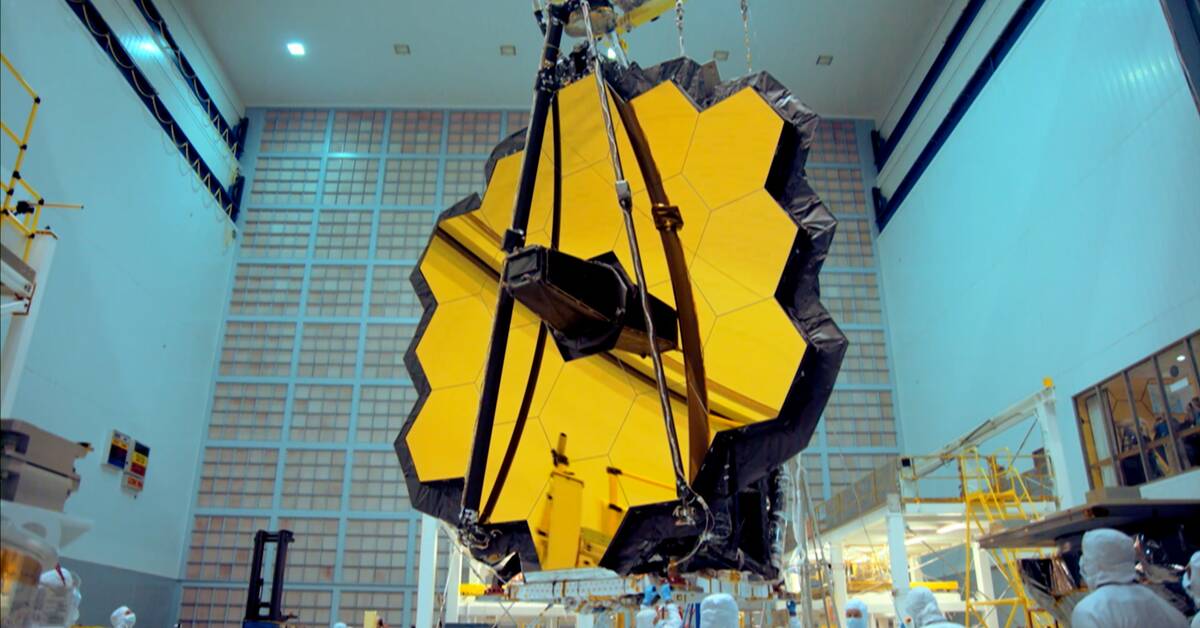The James Webb super telescope cost the equivalent of SEK 100 billion and took over 25 years to build.
One of the goals of the telescope is to be able to capture light from the very first stars and galaxies that formed after the "big bang" nearly 13.8 billion years ago.
Unlike its predecessor Hubble, James Webb can make observations in a larger part of the infrared light spectrum.
As the universe expands, the light from the stars gets longer wavelengths, causing the light to change color.
Older starlight becomes infrared, which James Webb is better at perceiving.
Shield as big as a tennis court
The telescope has 18 mirrors that together measure 6.5 meters in diameter, which is too wide to fit in a space rocket.
Therefore, James Webb had to be designed so that six of the 18 mirrors would be folded out in place in space.
Even a shield roughly the size of a tennis court would be deployed as protection against the heat radiation of the sun, earth and moon.
No one has ever deployed a telescope in space before, making this one of NASA's most complicated projects since the moon landing.
- It is quite nervous.
Web will be millions of kilometers away.
It's not designed to be repairable," said Greg Robinson, NASA program manager, James Webb Space Telescope.
Thought the telescope had “hung”
When the telescope's ground control in Baltimore was about to roll off the protective covers of the sun shield, something seemed to have gone wrong.
If all went according to plan, the enclosures would depress switches that would then send a signal to the ground that the sun visor and mirrors could be deployed.
But the power switch was never pressed.
For a day and a half it was therefore thought that the telescope was useless.
Watch the sweaty hours when ground control thinks all the work has been in vain in the clip above.
The world of science - The images from the super telescope on Monday 12/9 at 8 pm on SVT2 or on SVT play from Sunday.

